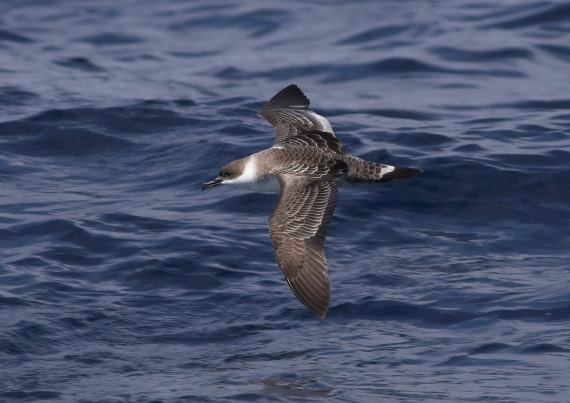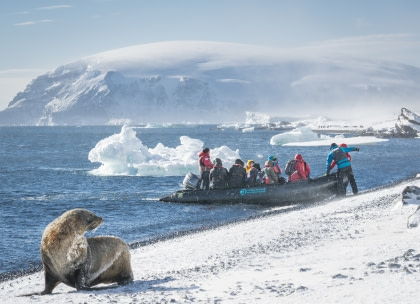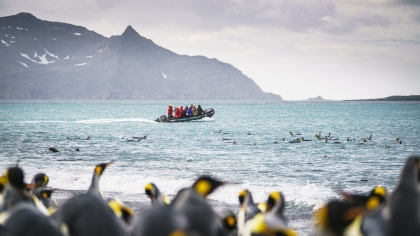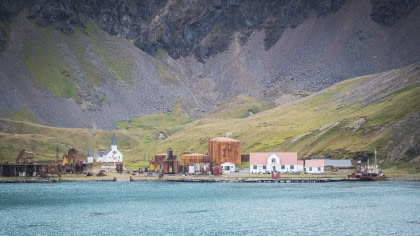Name: Shearwater. Note – “Shearwater” is a catch-all name that contains 6 genera and 37 species.
Length: 35 to 65 cm, depending on species.
Weight: Depends on species.
Location: Temperate and cold waters, depending on species.
Conservation status: Depends on species.
Diet: Fish, squid.
Appearance: Depends on species. Usually found with long tails.
How do Shearwaters feed?
Shearwaters are mainly divers, diving as deep as 70 metres. They are also commonly found following fishing vessels for scraps and whales as the whales will scare schools of prey fish to the surface.
Are Shearwaters social?
Shearwaters flock together in the hundreds to feed and migrate. They form breeding colonies that can number in the hundreds of thousands.
How fast do Shearwaters fly?
The flight speed of any particular bird will depend on its species’ configuration, wing size, flap rate, and so on.
As an example, the Manx Shearwater flies at a rate of about 55 km per hour.
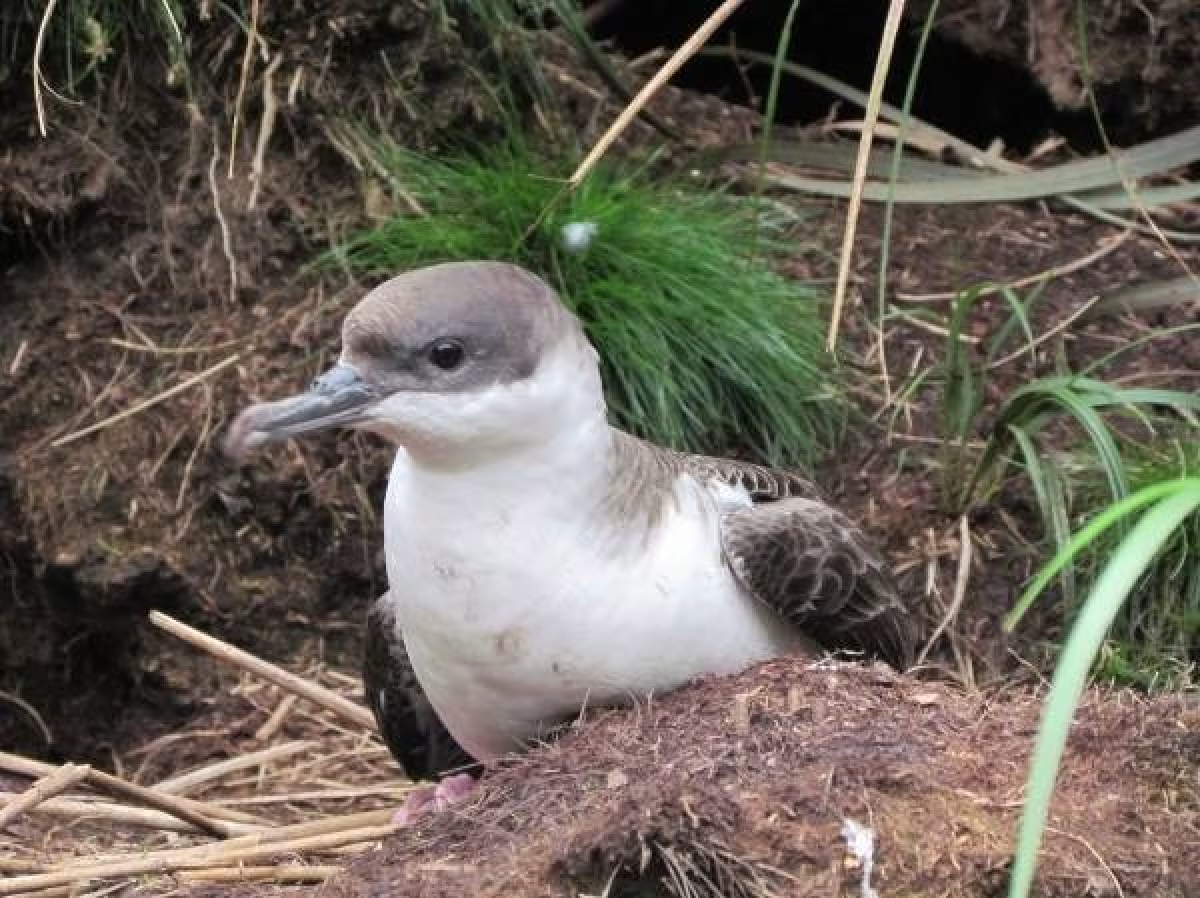
What are Shearwater birthing rituals like?
Shearwaters nest on islands and coastal cliffs to minimize their exposure to predators. Further, they become nocturnal, venturing out to feed mainly on moonless nights. Colonies can range into the hundreds of thousands.
Their nests are burrows. One egg is laid. Incubation and rearing duties are shared by both parents.
How long do Shearwaters live?
Shearwaters are extremely long-lived for birds. The longest recorded life of a Shearwater was at least 55 years.
How many Shearwaters are there today?
Taken altogether the worldwide Shearwater population numbers in the millions. However some individual species face extinction with numbers only in the low tens of thousands.
Do Shearwaters have any natural predators?
This depends on the species and where its breeding grounds are located. For example the Townshend’s Shearwaters breed on Socorro Island where they are vulnerable to feral cats. Other species and locations may also be vulnerable to rats, falcons, goats, or pigs.
7 Stunning Shearwater Facts
- The name “Shearwater” comes from the birds’ flight style of shearing across the fronts of waves with their wings held stiff.
- A study on Sooty Shearwaters found that they migrate in the range of 64,000 km in a single year, which gives them the longest migration ever recorded electronically of any animal on Earth.
- The Shearwater genera are:
- Bulweria
- Calonectris
- Lugensa
- Procellaria
- Pseudobulweria
- Puffinus
- The species of Shearwater broken down by genera are:
- Bulweria
- Bulweria bifax - Small St. Helena Petrel
- Bulweria bulwerii - Bulwer's Petrel
- Bulweria fallax - Jouanin's Petrel
- Calonectris
- Calonectris diomedea - Cory's Shearwater
- Calonectris edwardsii - Cape Verde Shearwater
- Calonectris leucomelas - Streaked Shearwater
- Lugensa
- Lugensa brevirostris - Kerguelen Petrel
- Procellaria
- Procellaria aequinoctialis - White-chinned Petrel
- Procellaria cinerea - Grey Petrel
- Procellaria conspicillata - Spectacled Petrel
- Procellaria parkinsoni - Black Petrel
- Procellaria westlandica - Westland Petrel
- Pseudobulweria
- Pseudobulweria aterrima - Mascarene Petrel
- Pseudobulweria becki - Beck's Petrel
- Pseudobulweria macgillivrayi - Fiji Petrel
- Pseudobulweria rostrate - Tahiti Petrel
- Puffinus
- Puffinus assimilis - Little Shearwater
- Puffinus auriculatus - Townsend's Shearwater
- Puffinus bryani - Bryan's Shearwater
- Puffinus bulleri - Buller's Shearwater
- Puffinus carneipes - Flesh-footed Shearwater
- Puffinus creatopus - Pink-footed Shearwater
- Puffinus gavial - Fluttering Shearwater
- Puffinus gravis - Great Shearwater a.k.a. Hagdown
- Puffinus griseus - Sooty Shearwater
- Puffinus heinrothi - Heinroth's Shearwater
- Puffinus huttoni - Hutton's Shearwater
- Puffinus lherminieri - Audubon's Shearwater
- (There is some debate as to whether or not the following 5 birds are their own species or if they are subspecies of Puffinus lherminieri):
- Puffinus (lherminieri) bailloni - Tropical Shearwater a.k.a. Baillon's Shearwater
- Puffinus (lherminieri) bannermani - Bannerman's Shearwater
- Puffinus (lherminieri) baroli - Barolo Shearwater a.k.a Macronesian Shearwater
- Puffinus (lherminieri) boydi - Boyd's Shearwater
- Puffinus (lherminieri) persicus - Persian Shearwater
- Puffinus mauretanicus - Balearic Shearwater
- Puffinus nativatis - Christmas Shearwater
- Puffinus newelli - Newell's Shearwater a.k.a. Hawaiian Shearwater
- Puffinus olsoni - Lava Shearwater a.k.a. Olson's Shearwater (extinct)
- Puffinus opisthomelas - Black-vented Shearwater
- Puffinus pacificus - Wedge-tailed Shearwater
- Puffinus puffinus - Manx Shearwater
- Puffinus subalaris - Galápagos Shearwater
- Puffinus tenuirostris - Short-tailed Shearwater a.k.a. Mutton Bird
- Puffinus yelkouan - Yelkouan Shearwater
- Because of their configuration and the location of their feet on their body no Shearwater is ever truly able to move comfortably around on land.
- A great deal about the lives of many of the varieties of Shearwater is still a mystery due to their pelagic lifestyle (they live entirely at sea outside of breeding season) and the fact that they migrate so far so fast.
- The categorisation of Shearwaters is ongoing. In 2011 an example of a Bryan’s Shearwater was found in a museum’s collection. This was the first new bird identified in the United States in 37 years.

